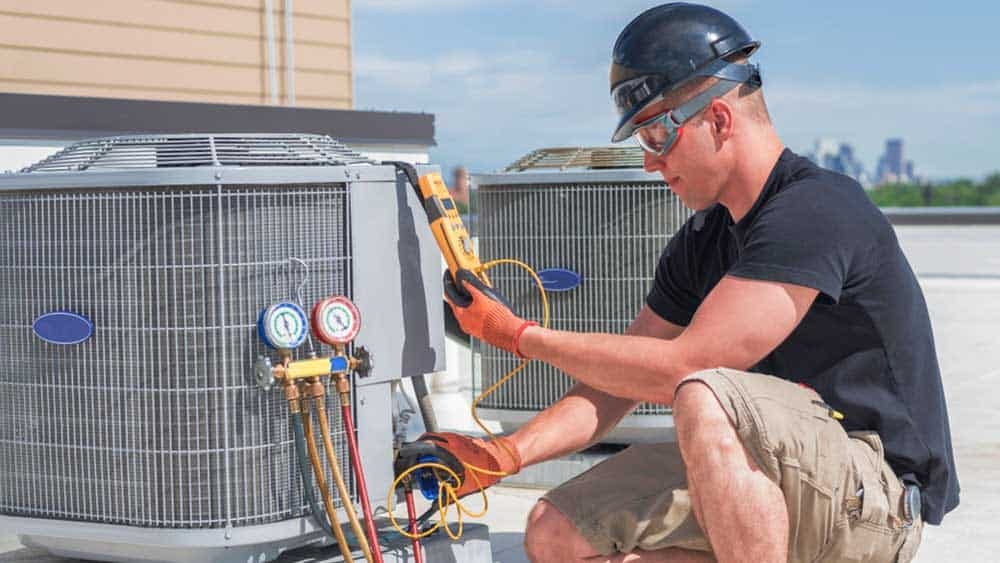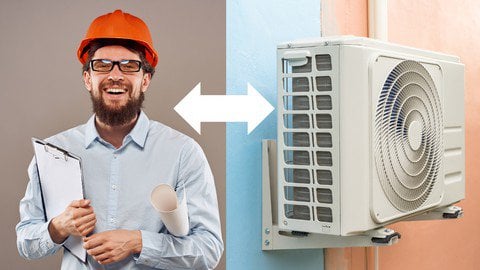When it comes to maintaining a comfortable indoor environment, especially during the scorching summer months, a reliable air conditioner is crucial. Behind the scenes, HVAC (Heating, Ventilation, and Air Conditioning) engineers play a pivotal role in the design and installation of air conditioning systems. In this article, we’ll explore the responsibilities of HVAC engineers in the context of air conditioner design and installation.

Credit: medium.com
The HVAC Engineer’s Role
HVAC engineers are tasked with designing and implementing heating, ventilation, and air conditioning systems for residential, commercial, and industrial buildings. When it comes to air conditioners, their responsibilities include:
- Assessing the cooling needs of the space
- Choosing the right type and size of air conditioner
- Designing the ductwork and air distribution systems
- Ensuring energy efficiency and sustainability
- Overseeing the installation process
- Conducting performance tests and system optimization
Let’s dive deeper into some of these key responsibilities.
Cooling Load Calculations
Before any air conditioner installation, HVAC engineers perform cooling load calculations to determine the amount of heat that must be removed from a space to maintain a comfortable temperature. Factors such as the size of the space, insulation, number of occupants, and heat-generating equipment are taken into account. This calculation is crucial in selecting the right air conditioning system for the specific needs of the building.
System Design and Ductwork
Once the cooling load is determined, HVAC engineers design the air conditioning system, selecting the appropriate type of air conditioner and positioning it for optimal performance. They also design the ductwork and air distribution systems to ensure that cooled air reaches all areas of the building efficiently.
Energy Efficiency and Sustainability
HVAC engineers are increasingly focused on creating energy-efficient and sustainable air conditioning systems. They assess the use of environmentally friendly refrigerants, incorporate energy recovery systems, and explore the integration of renewable energy sources such as solar power to reduce the overall environmental impact of air conditioning.
Installation Oversight
During the installation phase, HVAC engineers oversee the work to ensure that the system is installed in accordance with design specifications and industry standards. They conduct inspections, address any issues that may arise, and verify that the system operates as intended.
Performance Testing and Optimization
Once the air conditioning system is installed, HVAC engineers conduct performance tests to verify that it meets the design requirements. They optimize the system’s settings for efficiency and comfort, and provide recommendations for ongoing maintenance and operation.
Conclusion
The role of HVAC engineers in the design and installation of air conditioning systems is indispensable. Their expertise ensures that buildings are equipped with efficient, sustainable, and reliable air conditioning systems that provide comfort while reducing energy consumption and environmental impact.
Next time you find yourself in a cool, comfortable space on a hot summer day, take a moment to appreciate the work of HVAC engineers who have made it possible.

